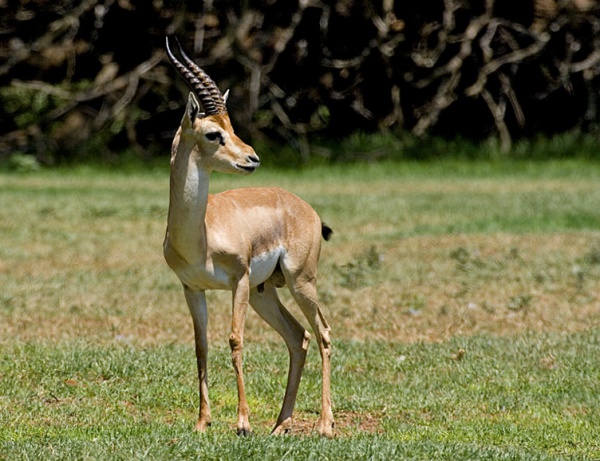Facts About Common Arabian Gazelle
The mountain gazelle, also known as the Palestine mountain gazelle, is a captivating species inhabiting regions such as Israel, the West Bank, the Golan Heights, Jordan, and Turkey. These gazelles exhibit pronounced sexual dimorphism, with males having larger horns and greater overall size than females.
Mountain gazelles thrive in dry, arid environments and are diurnal, meaning they are active during the day. They are territorial animals and typically form small herds. Regrettably, their population is on the decline due to multiple factors.
In the wild, mountain gazelles rarely live beyond eight years, but in captivity, they can reach up to 15 years. These animals are polygamous, with breeding occurring in the early winter months. Females typically give birth to one offspring annually. The young are especially vulnerable to predators such as foxes, jackals, and wolves. Regarding their diet, mountain gazelles primarily graze and can survive without direct water sources by obtaining moisture from succulents and dew.
Historically, mountain gazelles have faced significant threats from hunting and disease. Today, they continue to contend with dangers such as predation, poaching, road accidents, and habitat degradation. Although legal protections exist, enforcement is often weak, contributing to their dwindling numbers. Conservation efforts, including the establishment of reserves, are vital for stabilizing their population, but much more needs to be done to ensure their survival.
There are different subspecies of the mountain gazelle, such as the Hatay mountain gazelle found in northern Syria and Turkey. Although they were once considered subspecies, recent research suggests they might be separate species altogether. The dramatic decrease in their population over the years underscores the urgent need for effective conservation measures to protect these remarkable animals.

 Israel
Israel